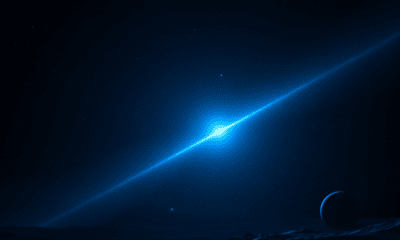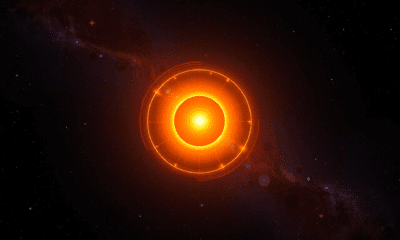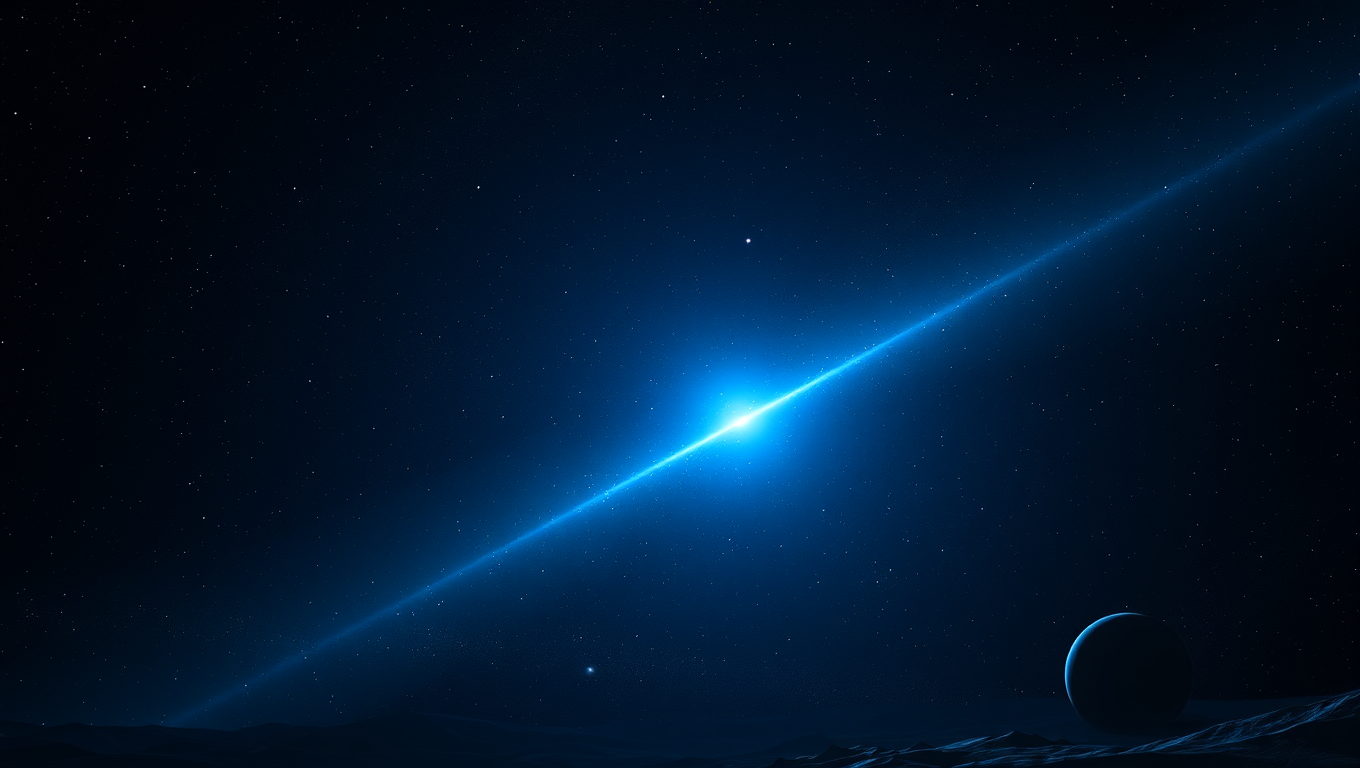While we try to keep things accurate, this content is part of an ongoing experiment and may not always be reliable.
Please double-check important details — we’re not responsible for how the information is used.
NASA
A Hidden Giant: Scientists Uncover a Massive Exoplanet Hiding in Plain Sight
Astronomers have uncovered a massive, hidden exoplanet nestled in the dusty disc of a young star—MP Mus—by combining cutting-edge data from the ALMA observatory and ESA’s Gaia mission. Initially thought to be planet-free, the star’s surrounding disc appeared deceptively empty. But new observations and a telltale stellar “wobble” pointed to a Jupiter-sized gas giant forming within the disc’s obscured gaps. This marks the first time a planet in such a disc has been detected using these tools, opening the door to finding more young worlds that have so far evaded detection.

Asteroids, Comets and Meteors
Unveiling a Hidden World: Astronomers Discover Distant Object at Solar System’s Edge
Astronomers have uncovered a massive new trans-Neptunian object, 2017 OF201, lurking at the edge of our solar system. With an orbit stretching 25,000 years and a size that may qualify it as a dwarf planet, this mysterious world challenges long-held assumptions about the “empty” space beyond Neptune. Its unusual trajectory sets it apart from other distant bodies and may even cast doubt on the controversial Planet Nine hypothesis.
Asteroids, Comets and Meteors
Unveiling Ancient Secrets on Mars: A Breakthrough Technique Reveals Hidden Clues
A curious red Martian rock nicknamed Sapphire Canyon has scientists excited, as its spotted appearance hints at possible organic origins. On Earth, researchers tested a powerful laser technique, O-PTIR, on a similar rock found by chance in Arizona, proving it can rapidly and precisely reveal a material’s chemical makeup. This high-resolution method could play a key role in analyzing Mars samples once they arrive, adding to its growing track record in NASA missions like Europa Clipper.
Dark Matter
Clearest Mars Images Yet Reveal Stunning Terrain and Mysterious Rock Formation
Captured at a location called “Falbreen,” this 360-degree view mosaic was stitched together 96 images that were acquired May 26, 2025. In the upper image, the enhanced-color mosaic features deceptively blue skies and the 43rd rock abrasion (the white patch at center-left) of the NASA Perseverance rover’s mission at Mars. Below, in the natural-color version of the “Falbreen” panorama, colors have not been enhanced and the sky appears more reddish. Credit: NASA/JPL-Caltech/ASU/MSSS
-

 Detectors8 months ago
Detectors8 months agoA New Horizon for Vision: How Gold Nanoparticles May Restore People’s Sight
-

 Earth & Climate9 months ago
Earth & Climate9 months agoRetiring Abroad Can Be Lonely Business
-

 Cancer8 months ago
Cancer8 months agoRevolutionizing Quantum Communication: Direct Connections Between Multiple Processors
-

 Albert Einstein9 months ago
Albert Einstein9 months agoHarnessing Water Waves: A Breakthrough in Controlling Floating Objects
-

 Earth & Climate8 months ago
Earth & Climate8 months agoHousehold Electricity Three Times More Expensive Than Upcoming ‘Eco-Friendly’ Aviation E-Fuels, Study Reveals
-

 Diseases and Conditions9 months ago
Diseases and Conditions9 months agoReducing Falls Among Elderly Women with Polypharmacy through Exercise Intervention
-

 Chemistry8 months ago
Chemistry8 months ago“Unveiling Hidden Patterns: A New Twist on Interference Phenomena”
-

 Agriculture and Food8 months ago
Agriculture and Food8 months ago“A Sustainable Solution: Researchers Create Hybrid Cheese with 25% Pea Protein”





























